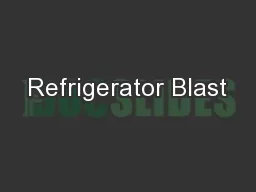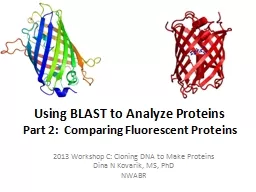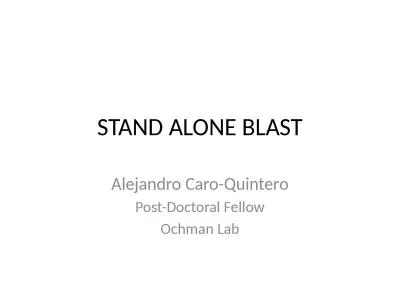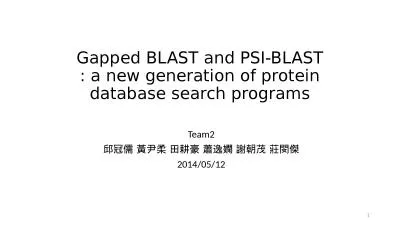PPT-Using BLAST to Identify Species from Proteins
Author : olivia-moreira | Published Date : 2018-11-03
Adapted from College Boards Investigation 3 Comparing DNA Sequences to Understand Evolutionary Relationships with BLAST What we know so far We already know that
Presentation Embed Code
Download Presentation
Download Presentation The PPT/PDF document "Using BLAST to Identify Species from Pro..." is the property of its rightful owner. Permission is granted to download and print the materials on this website for personal, non-commercial use only, and to display it on your personal computer provided you do not modify the materials and that you retain all copyright notices contained in the materials. By downloading content from our website, you accept the terms of this agreement.
Using BLAST to Identify Species from Proteins: Transcript
Download Rules Of Document
"Using BLAST to Identify Species from Proteins"The content belongs to its owner. You may download and print it for personal use, without modification, and keep all copyright notices. By downloading, you agree to these terms.
Related Documents














